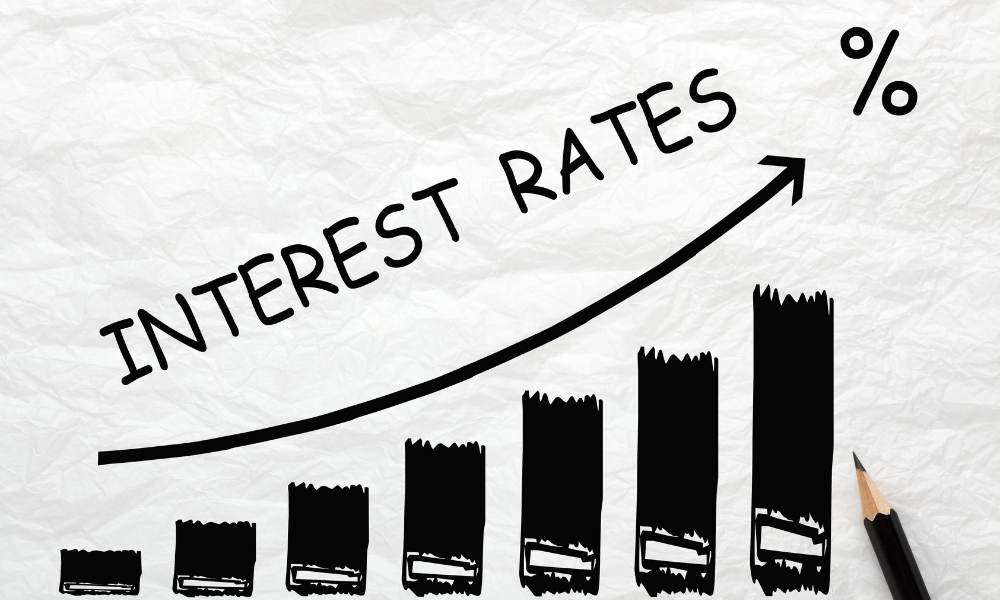
In today's fast-paced financial landscape, understanding interest rates is crucial for making informed decisions about borrowing, investing, and managing your finances. In this comprehensive guide, we delve deep into the concept of interest rates, their various types, and the factors influencing them.
We aim to provide you with invaluable insights that will help you make smarter financial choices. Gain a comprehensive understanding of Interest Rates with our in-depth guide and empower yourself to make informed decisions in the dynamic world of finance. Additionally, it's essential to comprehend the difference between personal loan and car finance to make sound choices when it comes to your borrowing and financing needs.
Interest rates are a fundamental component of the global financial system. They represent the cost of borrowing money or the return on investment funds. These rates are expressed as a percentage and have a significant impact on various aspects of our lives, from mortgages and loans to savings accounts and investments.
1. Nominal Interest Rate
The nominal interest rate, also known as the stated interest rate, is the percentage advertised by financial institutions. It represents the annual interest rate before considering inflation or compounding.
2. Real Interest Rate
The real interest rate accounts for inflation. It is the rate at which your purchasing power changes when you invest or save money. Understanding the real interest rate is vital for evaluating the actual return on your investments.
3. Fixed and Variable Interest Rates
Fixed interest rates remain constant throughout the loan term, providing predictability and stability. In contrast, variable interest rates can change, often based on market fluctuations, making them riskier but potentially more rewarding.
Several factors affect interest rates, and comprehending these determinants is essential for predicting and reacting to rate fluctuations.
1. Economic Conditions
Interest rates are heavily influenced by the broader economic climate. Factors such as inflation, unemployment, and GDP growth play a pivotal role in determining whether rates will rise or fall.
2. Central Bank Policies
Central banks, like the Federal Reserve in the United States, have a direct impact on interest rates. They can adjust rates to control inflation, stimulate economic growth, or stabilize financial markets.
3. Lender's Risk Assessment
Financial institutions assess borrowers' creditworthiness before determining the interest rate. A good credit score can lead to lower interest rates, while a higher risk profile may result in higher rates.
Understanding how interest is calculated is crucial for making informed financial decisions.
The formula for calculating interest is: Interest = Principal Amount x Rate x Time
Where:
Principal Amount is the initial sum of money.
The rate is the interest rate.
Time is the duration for which the money is borrowed or invested.
1. Borrowing Money
Low-interest rates can make borrowing more affordable, while high rates can increase the cost of loans. Understanding the current interest rate environment is vital when considering loans for a new home, car, or education.
2. Investing
For investors, interest rates can affect the return on investments. It's essential to align your investment strategy with the prevailing interest rates to optimize your portfolio's performance.
In this guide, we've explored the intricate world of interest rates, including their types, influencing factors, and how to calculate them. Armed with this knowledge, you can make informed financial decisions that will help you secure your future.
Whether you're considering a mortgage, looking to invest, or simply managing your savings, a comprehensive understanding of interest rates is your key to financial success. Stay informed, stay empowered! Continue to enhance your financial acumen with our comprehensive resource, Understanding Interest Rates.